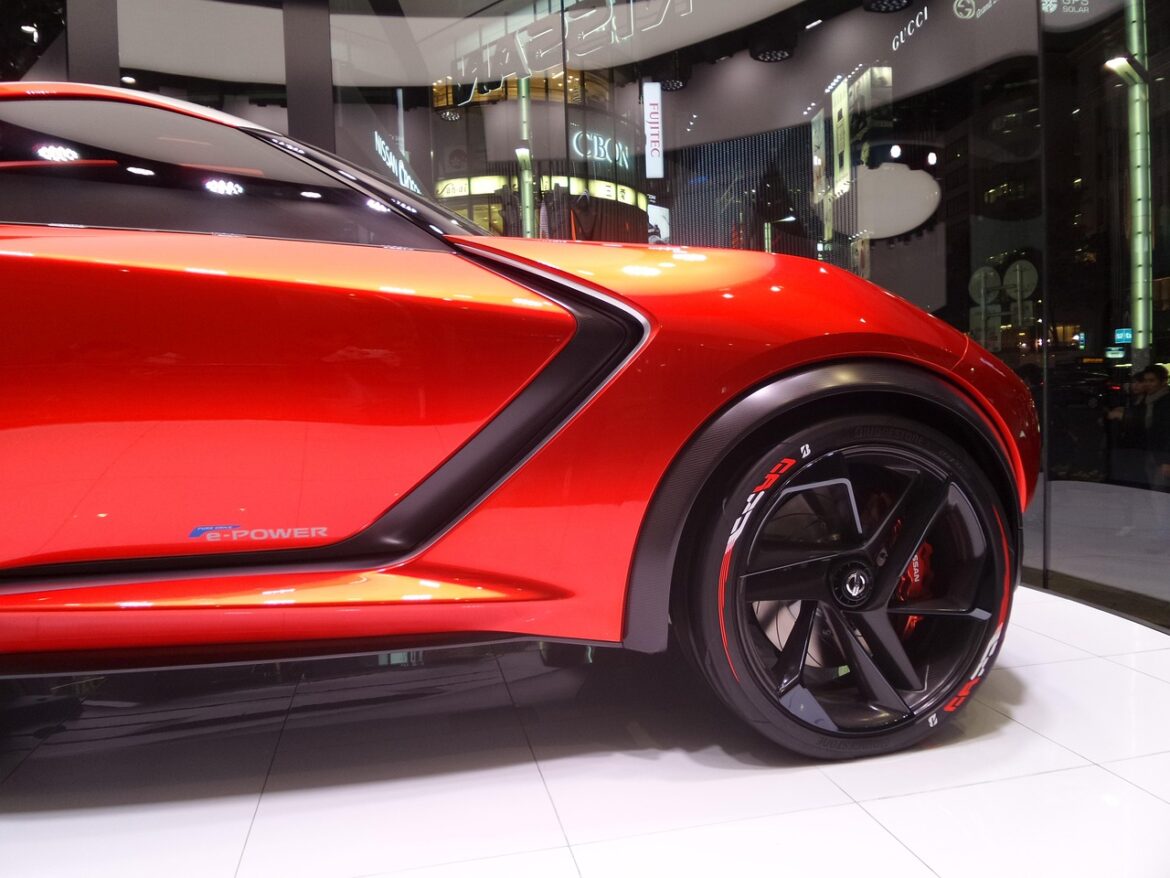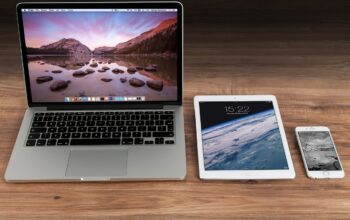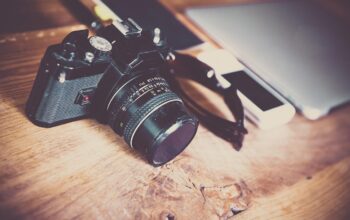Trends Highlighted in 2025 Design
1. Art Deco Revival
Art Deco, known for its geometric shapes and luxurious materials, is making a comeback in 2025. This style is particularly appealing for brands seeking to convey elegance and sophistication. The combination of bold lines, rich colors, and intricate details offers designers a chance to experiment with luxurious aesthetics, perfect for branding and packaging.
2. AI-Driven Design
Artificial Intelligence (AI) is revolutionizing the design landscape. Tools like DALL-E and Midjourney are demonstrating how AI can generate artwork and designs, challenging traditional design roles. Designers are embracing AI not as a competitor but as a collaborator, using AI-driven tools to create innovative layouts and predict design trends.
AI in Graphic Design
AI is enhancing creative workflows, allowing designers to push boundaries and explore new possibilities. This shift emphasizes the importance of adapting to technological advancements while retaining human touch.
Breaking Design News from Milan
Milan Design Week 2025 Highlights
One of the most talked-about events in the design world is Milan Design Week, which showcases the latest innovations and collaborations.
- Immersive Installations: Events like Brera Design Week’s ‘Glo for Art’ feature immersive installations combining pop and surrealist influences with interactive technology.
- Innovative Products: Showcases include the launch of the Schindler X8 elevator, which redefines vertical mobility, and Dimorestudio’s collaboration with Hosoo for the Hemispheres Collection.
Standout Collaborations and Launches
Salone del Mobile and Milan Design Week have also highlighted notable collaborations and new launches:
- Design Debuts: Designer Stephen Burks unveiled travel-inspired wallpapers for Calico, while Tara Bernerd presented vibrant textiles and furniture for Frette and Medea 1905.
- Fashion Integrations: Louis Vuitton launched its first home collection, and Loewe showcased artistic teapots highlighting tea rituals.
Design in Real-World Applications
Design is not just about aesthetics; it plays a significant role in solving real-world problems. For instance, Casa Cork by David Rockwell highlighted the sustainable potential of cork, emphasizing the importance of eco-friendly design.
Theia Technology Solutions is integrating design into sustainable development, focusing on projects that reduce environmental impact. This approach showcases how design can merge functionality with sustainability.
Education and Design
University institutions like the University of Florida are integrating design into educational curricula, emphasizing the intersection of creativity, technology, and communication. Programs at UF encourage students to explore digital art and virtual production, reflecting a broader trend towards interdisciplinary learning.
The Role of AI in Education
Generative AI (GenAI) is transforming education by providing innovative tools for students and educators alike. This integration highlights the evolving role of technology in academic environments.
Conclusion
The design world in 2025 is all about fusion—combining historical styles with technological innovation and sustainability. Whether it’s through AI-driven tools, eco-friendly projects, or immersive installations, design continues to evolve and shape our daily lives in exciting ways.
References:
- https://studio2am.co/blogs/news/our-trend-predictions-for-2025
- https://ivypanda.com/essays/words/300-words-essay-examples/
- https://www.designboom.com/design/designbooms-ultimate-guide-milan-design-week-2025/
- https://news.ufl.edu
- https://hospitalitydesign.com/news/five-on-friday/april-11th-2025/
- https://cloud.google.com/transform/101-real-world-generative-ai-use-cases-from-industry-leaders
- https://graziamagazine.com/articles/fashion-news-april-2025/
- https://mason.wm.edu/news/leadership-and-business-podcast/



